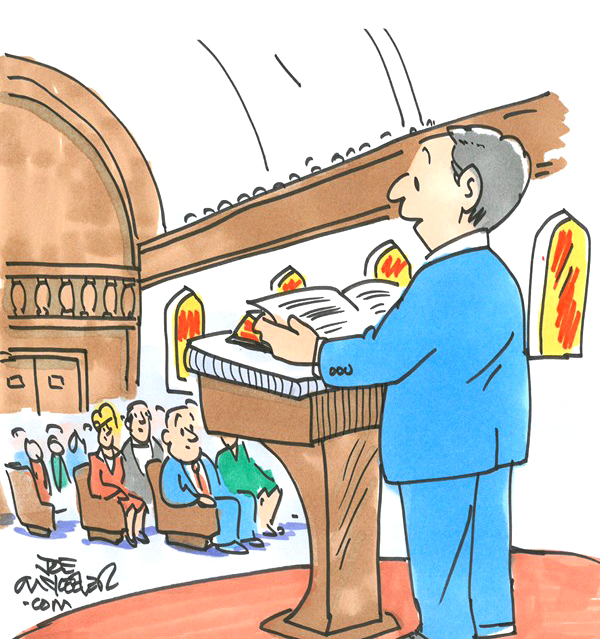
With hymns blaring in our favorite coffee shops and retail stores and major television networks replaying “A Charlie Brown Christmas,” you would think most everyone who walks into our churches during Advent season would understand the basic contours of the Christmas story.
And yet you’d be surprised to know there is a sizable percentage in our communities who know little about the language of the season. Only 22 percent of Americans say they can retell the biblical story accurately from memory.
This might seem like an obstacle, but ignorance of Christmas is actually a fresh opportunity both to share the good news of the Gospel with unbelievers at Christmas and a moment to refresh Christians about the rich theology and deep symbolism of the Advent season.
So assuming a portion of visitors at your church during December may be unaware of the real meaning of Christmas, how should leaders approach this season? Here are three suggestions:
- Lean into, not out of, rich Christian language.
One of the temptations when reaching seekers is to water down the words we use to describe the Christian story. On one level, it’s important to make sure we avoid cliches that are meaningless. On the other hand, we shouldn’t shy away from important images and ideas that are essential to the Christmas story.
A few years ago, a friend invited me to a college football game at his alma mater. It was the first time I’d been there, and it was as if I’d entered a foreign country. There were rituals and symbols and customs that everyone who had been longtime fans of this team knew and understood and enjoyed. When I arrived, the team didn’t suddenly stop these practices because an outsider was in their midst. No, in fact, they sort of doubled down on it, and to me, an outsider, it was attractive. I loved seeing how people from diverse backgrounds could speak a shared language and identity. And before long, I found myself engaging in them too.
- Explain, as if new, the stories of Christmas.
Christmas is a great teaching opportunity. Sometimes we preachers get a little frustrated on Christmas because it seems we’re telling the same story in the same way to the same people. And in some ways, we are. But this is no ordinary story. This is the story of the Son of God coming to earth as a fragile baby – God among us! So rather than plodding through the plot, we should teach the narratives of Jesus’s birth as if we first heard them.
Walk through the story. Explain the virgin birth, the angel’s words to Joseph, the significance of the wise men, the evil of Herod, and every part of the story. Walk through the prophecies in the Old Testament and their fulfillment in the story of Jesus’s birth. Most important, never hesitate to communicate the reason that Christmas is the season of joy, the season of good news: God has come to save the world from brokenness and sin.
- Explain, as if new, the symbols of Advent.
For many, the rich symbolism of Christian liturgy around Advent is new and different. This is an opportunity to explain, to a new generation, why we light candles, the meaning of the liturgical calendar, Advent wreaths, gift-giving, etc. This is also an important moment to explain the essence of Advent: waiting, anticipation, longing.
It’s important to explain that this time of year is not merely about happy feelings but that Jesus invites us to bring both our joys and our sorrows to Christmas. Jesus entered a world as broken and confusing as the world in which we live today. Even during this time of year, many are experiencing loneliness, sadness, and loss. It’s important we present Advent as an opportunity to take these to the One who came to restore a broken world.
Christmas is a wonderful time for the church to reach a new generation with the message of the incarnation, the amazing story of God’s entrance into the world as a vulnerable baby, and the announcement that Christ’s kingdom has dawned, and He is here to save us from our sin. Rather than fretting about the ignorance of those who come into our churches, let’s seize this opportunity to present anew the lifesaving message of the Gospel.
This article originally appeared at LifewayResearch.com.






















